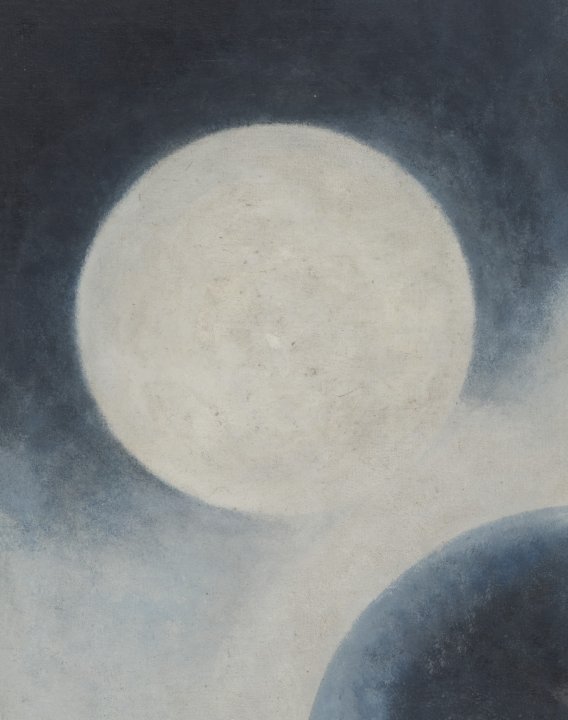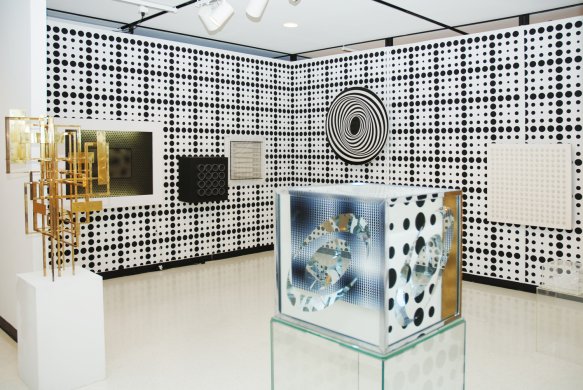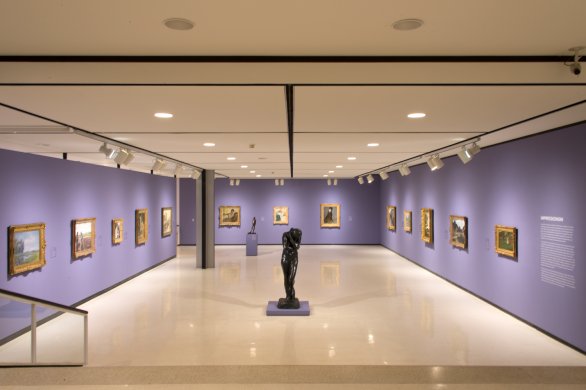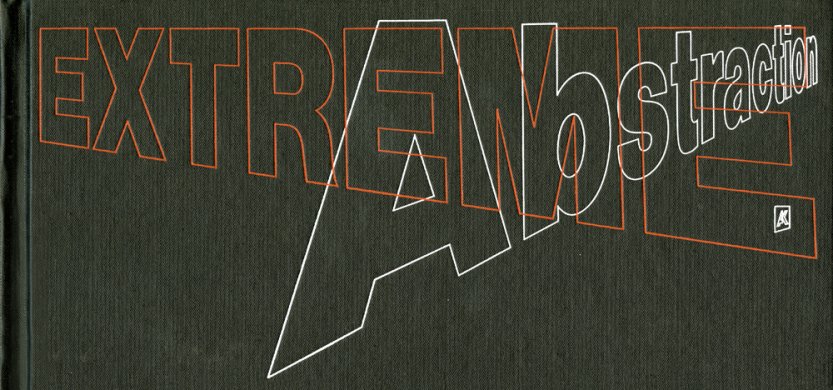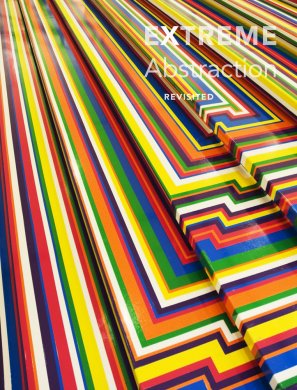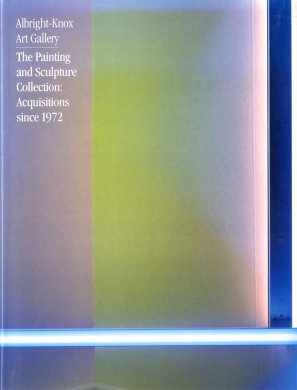Alexander Rodchenko
Russian, 1891-1956
Composition, ca. 1918-1920
Artwork Details
Currently on View
Collection Highlight
Materials
oil on cardboard
Measurements
support: 18 x 14 1/4 inches (45.72 x 36.19 cm); framed: 24 x 20 3/8 x 2 3/8 inches (60.96 x 51.75 x 6.03 cm)
Collection Buffalo AKG Art Museum
Credit
General Purchase Funds, 1978
Accession ID
1978:27
In 1915, Alexander Rodchenko moved to Moscow, where he became one of the leading members of the Constructivist movement. Composition dates from the short, albeit extremely fruitful, period from 1918 to 1920 when the artist began to work in a dramatically simplified manner, basing his paintings on broadly conceived themes of circles, lines, and rectangles. Such compositions were a vast departure from Rodchenko’s previous style, which was inspired by the elegant, often organic, designs of Art Nouveau. One of the decisive influences behind his aesthetic shift was the Suprematist artist Kazimir Malevich, whose paintings often include squares, circles, and rectangles isolated against a white ground. Such imagery stimulated the overall development of Russian abstraction during this era, and like his contemporaries, the artist conceived of his works as material objects that came about because of a rational process.
Rodchenko pursued a mission to make “laboratory art,” and many of the entries in his diaries and notebooks from this period disclose his preoccupation with redefining the basic elements of painting, such as color, line, form, and faktura or “paint application.” In his later work, he began using a compass and a ruler to guide the paint and altogether eliminate expressive brushwork; however, he did not limit himself to circular forms. Instead, Rodchenko seems to have employed the motif deliberately in works concerned with the exploration of color and light, of which Composition is a prime example.
